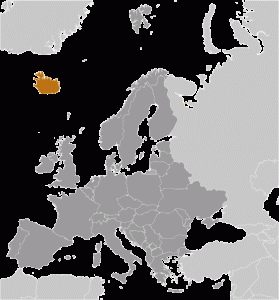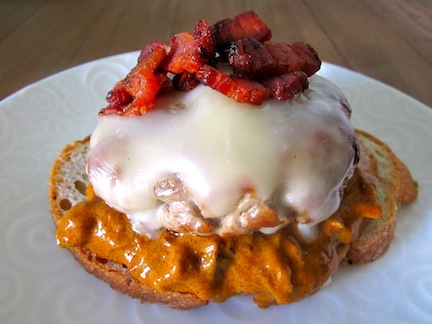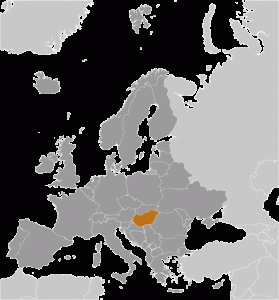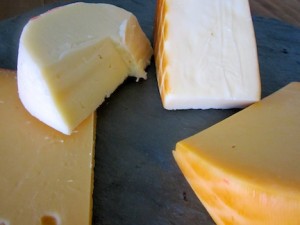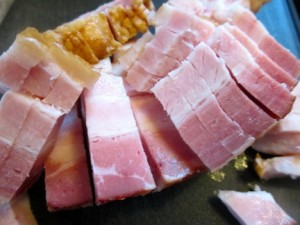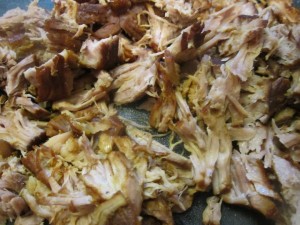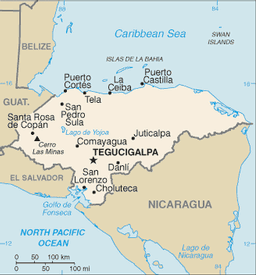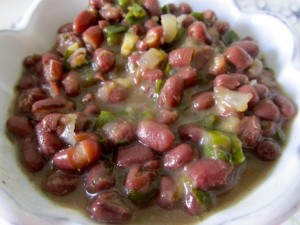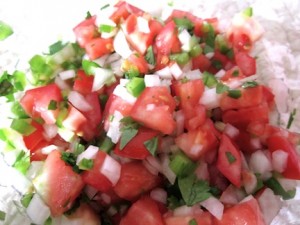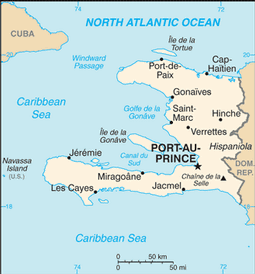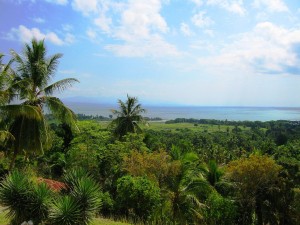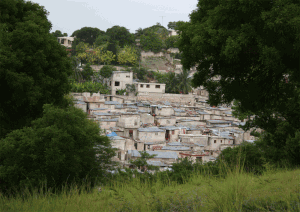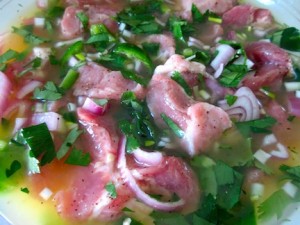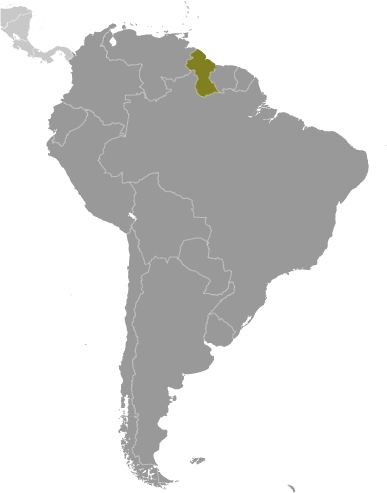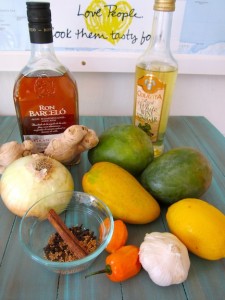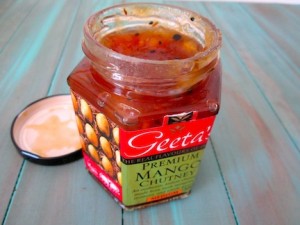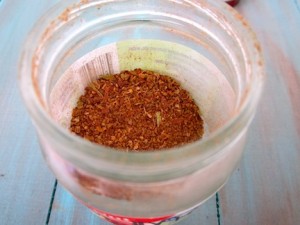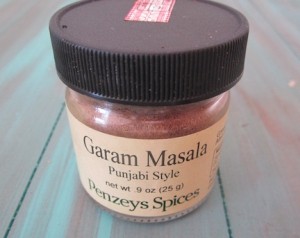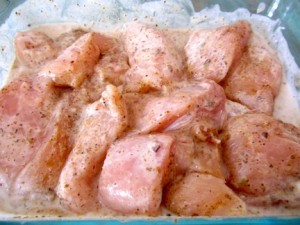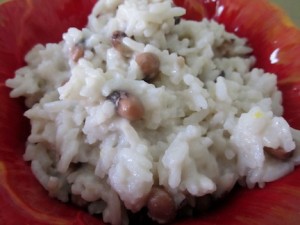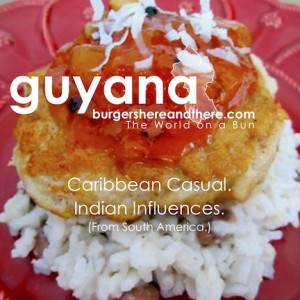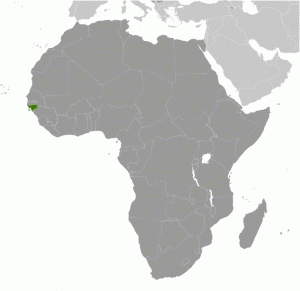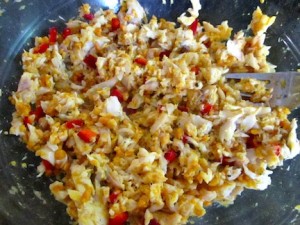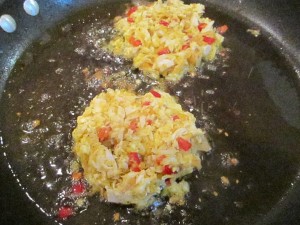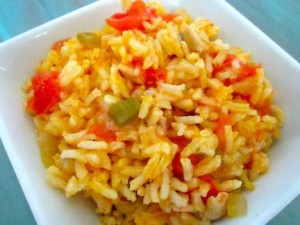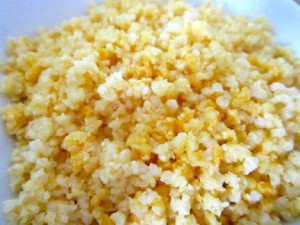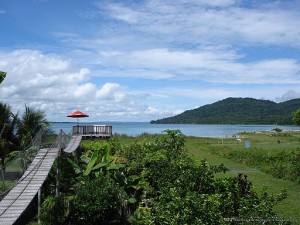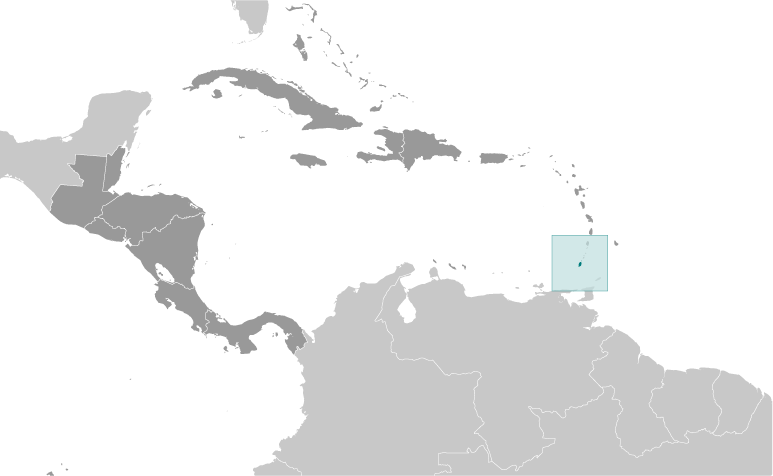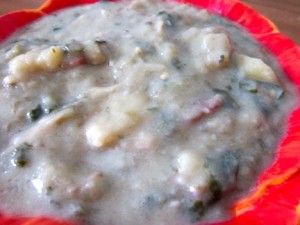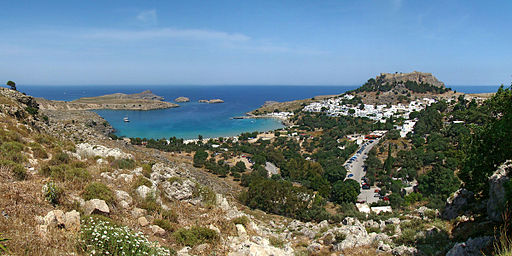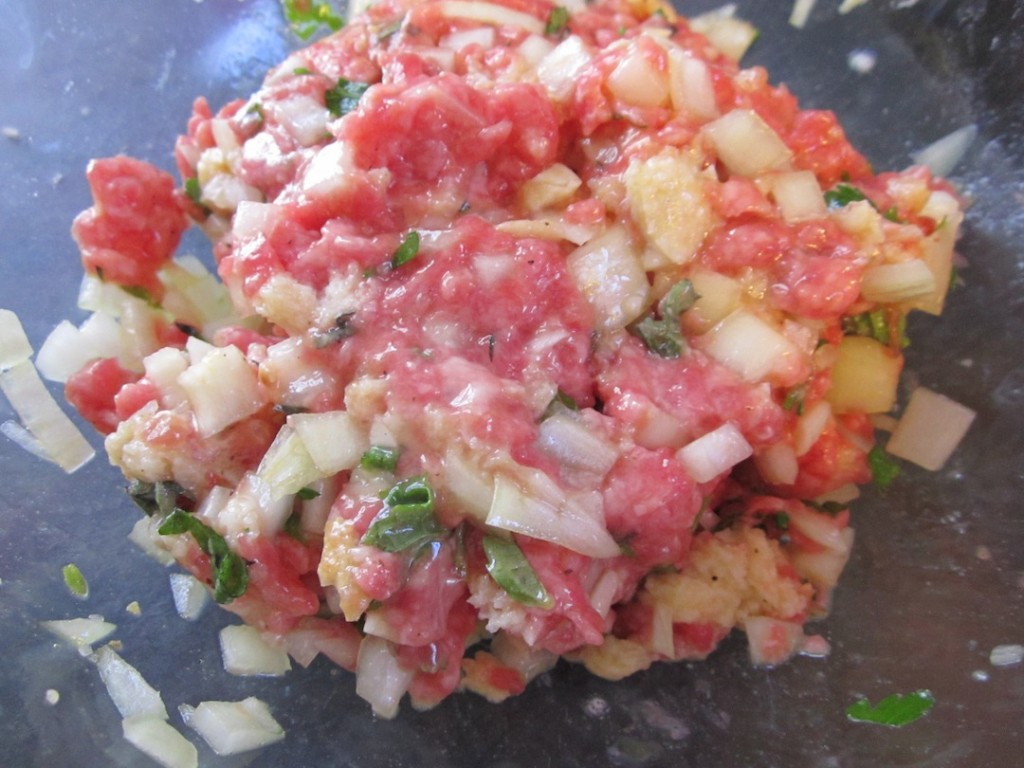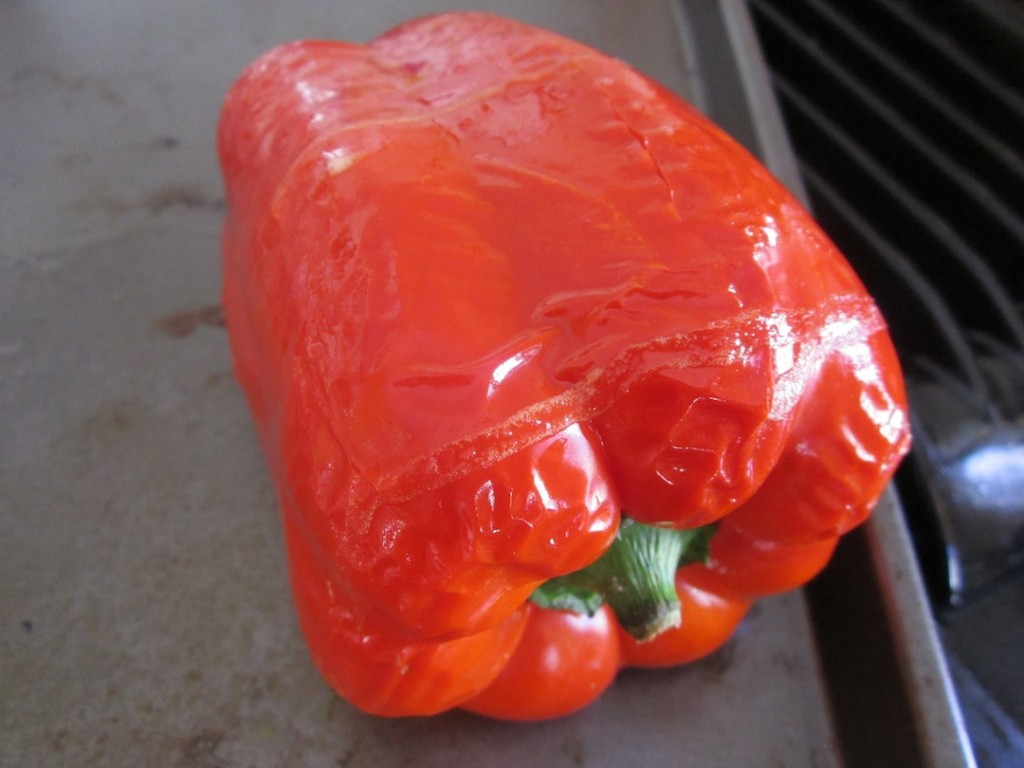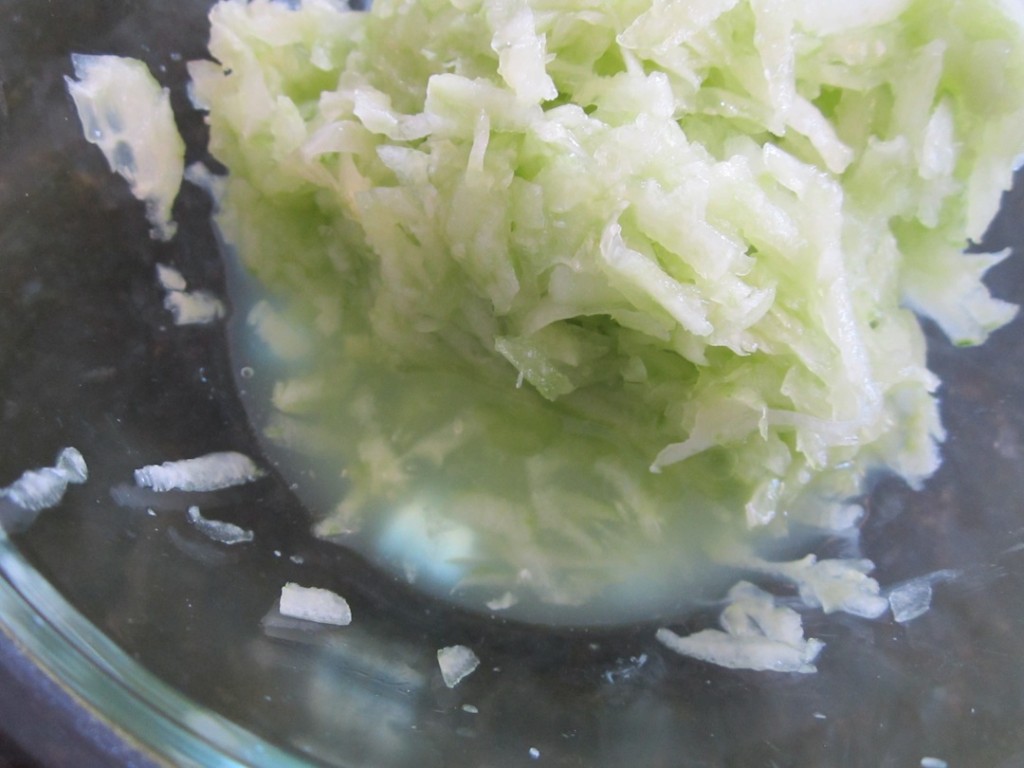 Lamb Cheeseburger with Icelandic Yogurt and Grilled Onions
Lamb Cheeseburger with Icelandic Yogurt and Grilled Onions
Where did the year go? I can’t believe October is over! This has been a slow year for this blog, too many distractions (aka, children). I’ve also been spending the last month perfecting (I hope) my dish for Master Chef auditions. The casting call in Boston was yesterday (Nov 3rd) and it was a lot of fun and totally stressful, but that’s all I’m allowed to say (they don’t like us to tell the secrets of the casting process). I met some awesome people including a really nice woman from Ivory Coast – I’m hoping she’ll look up my blog and let me know if I got her homeland right. But now, on to the business of the day, let’s talk about Iceland.
Iceland is an island country located in the North Atlantic (or as Wikipedia says “at the confluence of the North Atlantic and Arctic Oceans” – who talks like that?). The capital is Reykjavik and total population is around 320,000. Strangely, Iceland keeps popping up in our family. It started years ago when my cousin was stationed at Reykjavik while he was in the US Navy. He loved Iceland and the Icelandic people – didn’t love the wind storms that would blow you physically from building to building, but otherwise no complaints. Then fast forward to 2007-2008. My husband started a new job and one of his colleagues was from Iceland. This friend had the unfortunate experience of having to send his parents some cash to get them out of Italy (they were on vacation) when the Icelandic Króna (currency) suddenly became worth nothing. But now we’re getting ahead of ourselves…
Despite its Northern location, Iceland is warmer than you’d expect because it’s warmed by the Golf Stream. It was settled by Norwegians, then ruled by Denmark for a while and became independent in 1918. For a long time Iceland was relatively poor and undeveloped. With independence, growth in the fishing industry and most recently investment in biotech and software development, Iceland pulled out of its humble beginnings so that by 2007 it ranked as the most developed country in the world by the UN Human Development Index.
Unfortunately deregulation and some extremely poor decision making by Icelandic banks led to a huge financial crisis in 2008. Basically the world stopped recognizing the króna for a couple weeks and there was real fear that the entire country would go bankrupt. The government took over the major banks and has slowly built back confidence in the currency and the economic viability of Iceland. Today Iceland ranks 14th in the Human Development Index.
So, all of that is kind of interesting, but, because I’m a geek and married to an even bigger geek, the thing that I find most interesting about Iceland is the genealogy. Well, not so much the genealogy as the genealogical database. Stay with me now, this is really cool – the database went online a few years ago and covers every living Icelander with monthly updates for births and deaths. Just about everyone in the database can trace back to the 9th century. The last 10 generations are really robust in terms of data. In and of itself, that’s cool, but what’s really cool is the scientific implications of so complete a database (especially with a relatively homogeneous population). Scientist use this database, combined with medical databases, to track inheritability of disease, and, whenever they start a new study, they know the full family background of all of the subjects – super cool.
Okay, I’m done now…time for the food. What do Icelanders eat? Meat and fish, and then some meat and some fish, and on festive occasions…puffins. Due to climate and growing season restrictions, the Icelandic diet is more focused around proteins with lamb and fish being some of the most popular. They do actually eat puffins as well, but since we’re unlikely to find puffin meat at our local grocer, I’m going to ignore that. Dairy products also play an important role in Icelandic cuisine. They even have their own form of yogurt called skyr. It’s like the sharpest yogurt you’ve ever tasted, but the sharpness is tempered when you pair it with a meaty burger and some creamy cheese.
Based on this, I kept the Iceland burger pretty simple. I used lamb as the meat and melted some creamy Havarti on top. Add some pickled cabbage, skyr and grilled onions and you have a hearty meaty burger that could warm you on a cold windy night in Iceland. The salty sharpness of the skyr does balance the creamy cheese and rich lamb. The flavor that comes across most is, surprisingly, the lamb. It really is a celebration of lamb. The crunch of the cabbage is nice, but it would be fine to leave it off if you don’t have any around. We both preferred the sandwich open faced so that the bread wasn’t too strong a flavor, but again you can play and see how you like it.
If you’ve fallen in love with this burger (and I’m sure you will), give the Finland burger a try – it’s a little more complicated (just more ingredients), but it also has a rich hearty flavor that I think you’ll love.
Icelandic Burger
1 pound ground lamb
1 teaspoon salt
Olive oil
4 slices of havarti cheese
4 slices pumpernickel or dark rye bread
½ cup skyr or Greek yogurt
Pickled Cabbage (recipe below)
Grilled Onions (recipe below)
Add the salt to the lamb and mix thoroughly. Form 4 patties. Fry the lamb patties in olive oil until they reach your preferred temperature. Add the cheese slices to the patties about two minutes before burgers are done, cover and melt cheese. Remove from heat. Place the four slices of bread into the hot pan and grill the bread lightly (about 2-3 minutes). To serve, spread 2 Tablespoons of skyr on each slice of bread. Add ¼ cup of drained Pickled Cabbage. Place patties on top next then top with Grilled Onions.
Pickled Cabbage
1 cup chopped green cabbage (whichever kind you like)
Cider Vinegar (enough to cover the cabbage)
Place the cabbage in a glass bowl and pour enough vinegar in to cover the cabbage. Refrigerate mixture for at least 4 hours before serving. Drain off vinegar before using.
Grilled Onions
1 large onion
1 Tablespoon butter
Cut the onion in half then slice thinly. In a medium sauté pan, heat the butter until frothy then add the onions and cook over med-low heat for 15 minutes or until onions are golden and soft.
©Copyright 2012 Linda Monach

